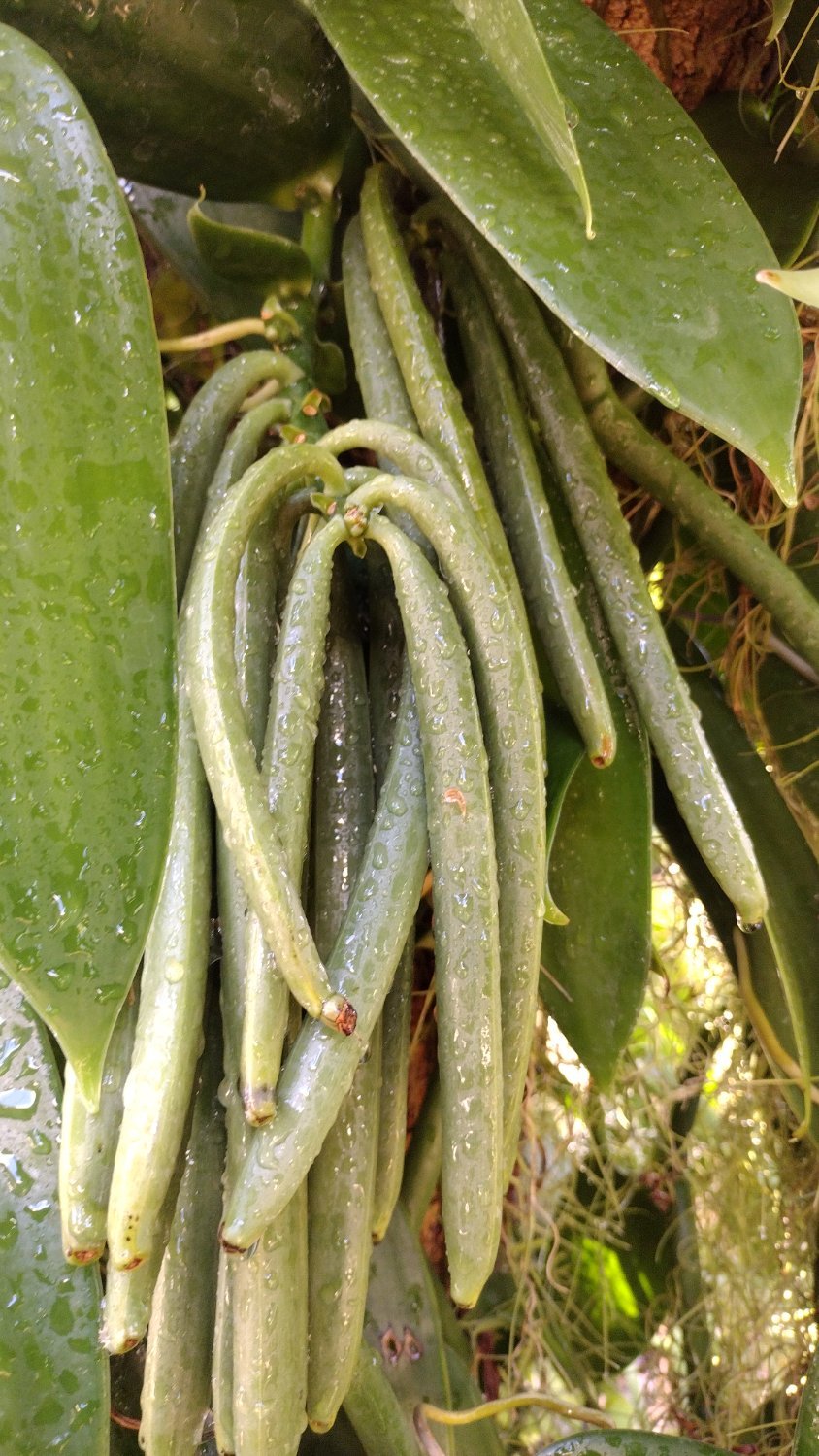Solarpunk Farming
1193 readers
153 users here now
Farm all the things!
Also see:
founded 2 years ago
MODERATORS
1
2
28
Vertical farming: a local solution for greens, but not feeding the world any time soon
(www.sustainabilitybynumbers.com)
3
4
5
6
7
8
9
10
11
12
13
14
36
An interesting greenhouse design - curious how well the beeswax and textile replacement for plastic sheet holds up
(solarpunkarchitecture.org)
15
16
55
University of Minnesota's Complete Guide to Building and Operating Deep Winter Greenhouses
(extension.umn.edu)
17
18
19
20
21
22
23
24
25
view more: next ›





